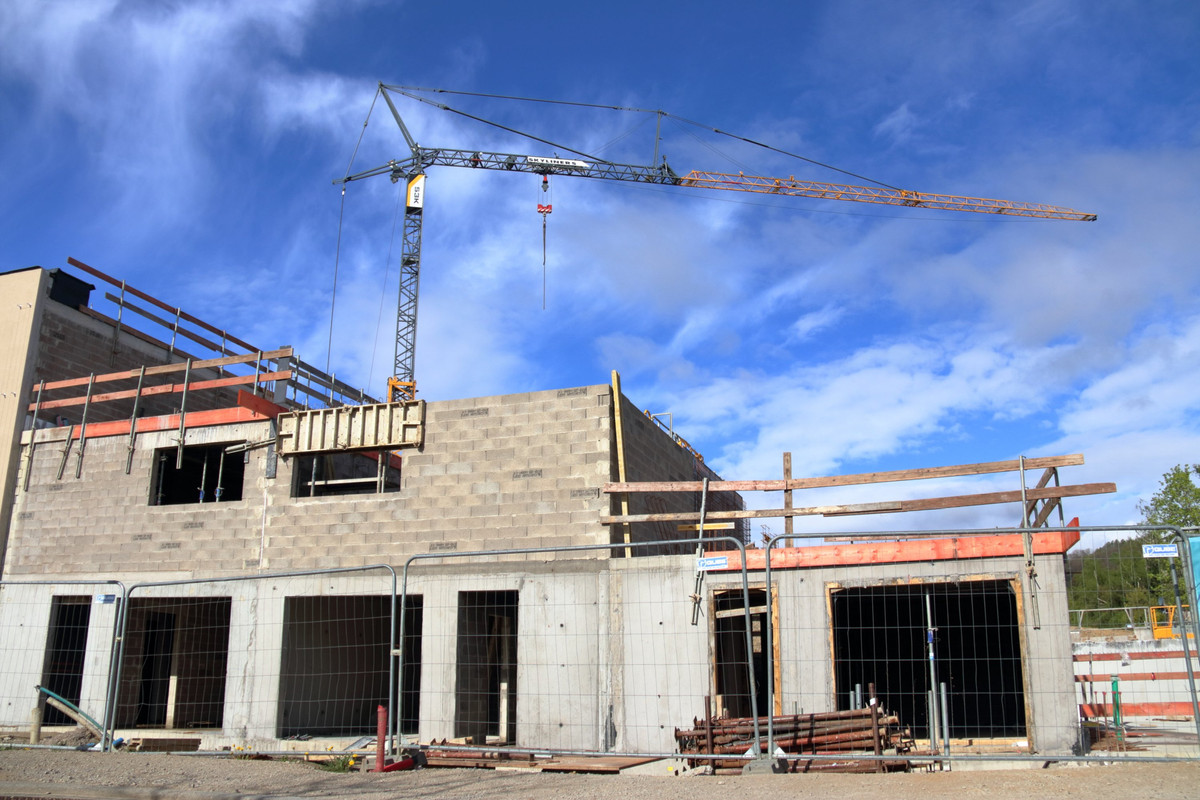In an unexpected development for Luxembourg’s housing market, banks have begun reversing the typical interest rate structure for new mortgages. Long-term fixed rates–traditionally offering greater stability at lower cost–are now being priced above short-term fixed rates. For many households, this means that short-term fixed mortgage options have become more affordable than their 10-year or longer-term counterparts, a dynamic rarely seen under normal market conditions.
This inversion may indicate to prospective buyers that borrowing costs have reached a low point, suggesting that further delays in securing financing could result in higher rates ahead. The shift in pricing strategy also comes amid an approaching for government tax incentives designed to stimulate the housing sector. The combination of altered rate structures and time-sensitive fiscal support appears to have energised the market.
According to data published by the Luxembourg Central Bank (BCL), new housing loans issued by domestic banks surged to €643m in May 2025. This reflects a 19% increase from April’s total of €539m, and a jump of over 33% compared to the same month last year. The data, compiled from 73 reporting banks, points to strong activity in the residential lending space.
However, the overall expansion of mortgage lending remains muted. While new loan origination has accelerated, households are also actively repaying existing mortgages, reducing the net increase in total outstanding loans. In May 2025, despite €643m in new mortgages being issued, the total outstanding stock of housing loans rose by only €42m–from €41.666bn to €41.708bn.
This divergence indicates that borrowers are reducing their loan principals at a faster rate. While this trend points to responsible household balance sheet management, it also means that net mortgage growth has been anaemic, despite robust monthly loan activity.
The subdued expansion in overall lending may help partly explain banks’ decision to raise long-term fixed mortgage rates. In an environment where net loan volumes are barely increasing, maintaining interest margins becomes more challenging. With short-term rates falling and new lending failing to lift outstanding volumes significantly, longer-term pricing has become a tool to support profitability.
For now, the rare inversion in mortgage rate structures signals both a shift in market expectations and a recalibration of bank lending strategies–factors that borrowers and policymakers alike will take notice.
